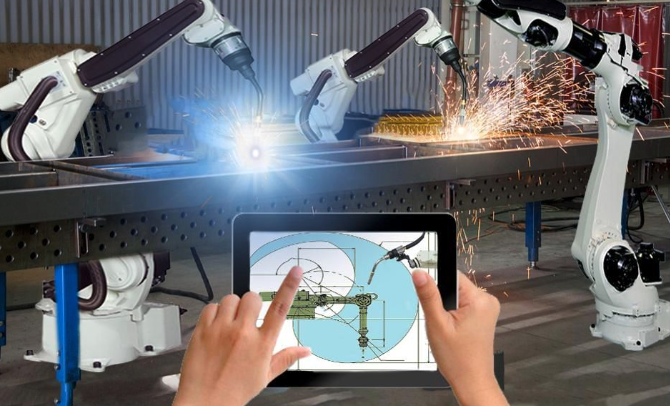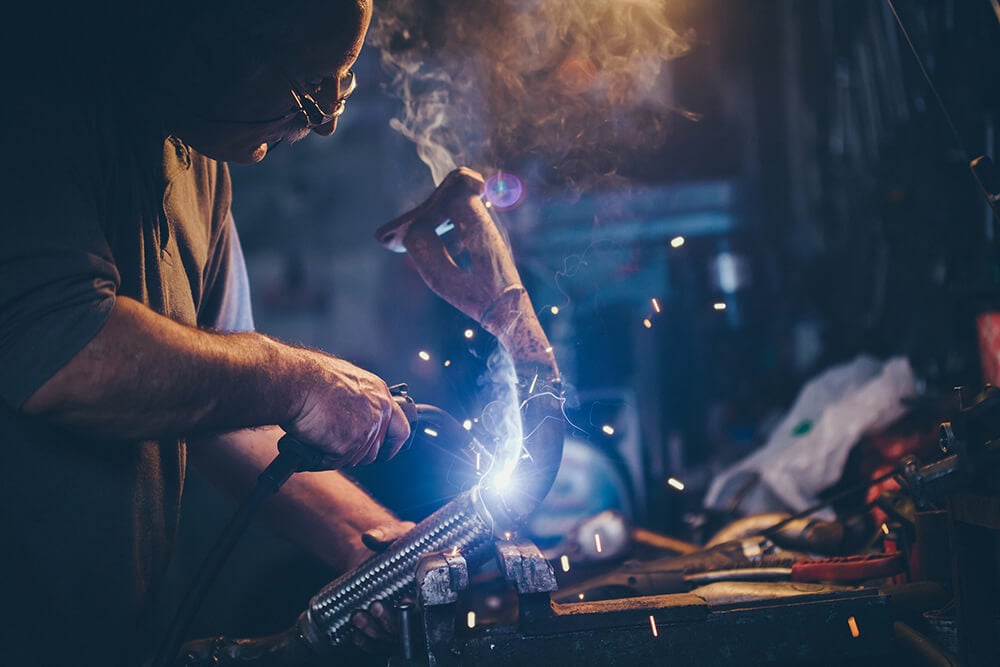Forbes: Two Ways to Transform Your Manufacturing: The Traditional Approach and The ‘Intelligent’ Way
Digital technology has brought on new ways to transform businesses and manufacturing operations, but it still raises questions from manufacturers. I hear, “Digital transformation? Isn’t that what we’ve been doing for the past three decades? We’ve already connected our business, manufacturing, and supply chain systems with ERP and MOM/MES.”
In many ways, they’re right. It could be argued that manufacturers have been in a near constant state of transformation since the first Industrial Revolution, with change happening at a more rapid pace with each new era. What’s different now is that Industry 4.0 technology, such as Artificial Intelligence (AI) and Machine Learning (ML), are amplifying human capabilities. They’re delivering insights, predictions, and recommendations to solve problems that couldn’t be solved with earlier technologies. That’s why the current era is being called as the Fourth Industrial Revolution; it’s a fundamental break from the past.
When we talked about transformation—even digital transformation—during the Third Industrial Revolution, we talked about how to use new tools and systems to make specific processes or products faster and better than they could be made before. Leveraging the alphabet soup of applications—ERP, MES, MRP, etc.—manufacturers incrementally streamlined, connected and accelerated nearly every part of their business.
The Fourth Industrial Revolution builds on these advances and leverages Internet of Things (IoT) technology to integrate and streamline entire systems, from design to delivery. Augmented with AI and ML, these systems are always on and self-learning, improving their capabilities over time from observation of the processes, user actions, and their corresponding outcomes. The result is an architecture that enables humans to answer new types of questions.


